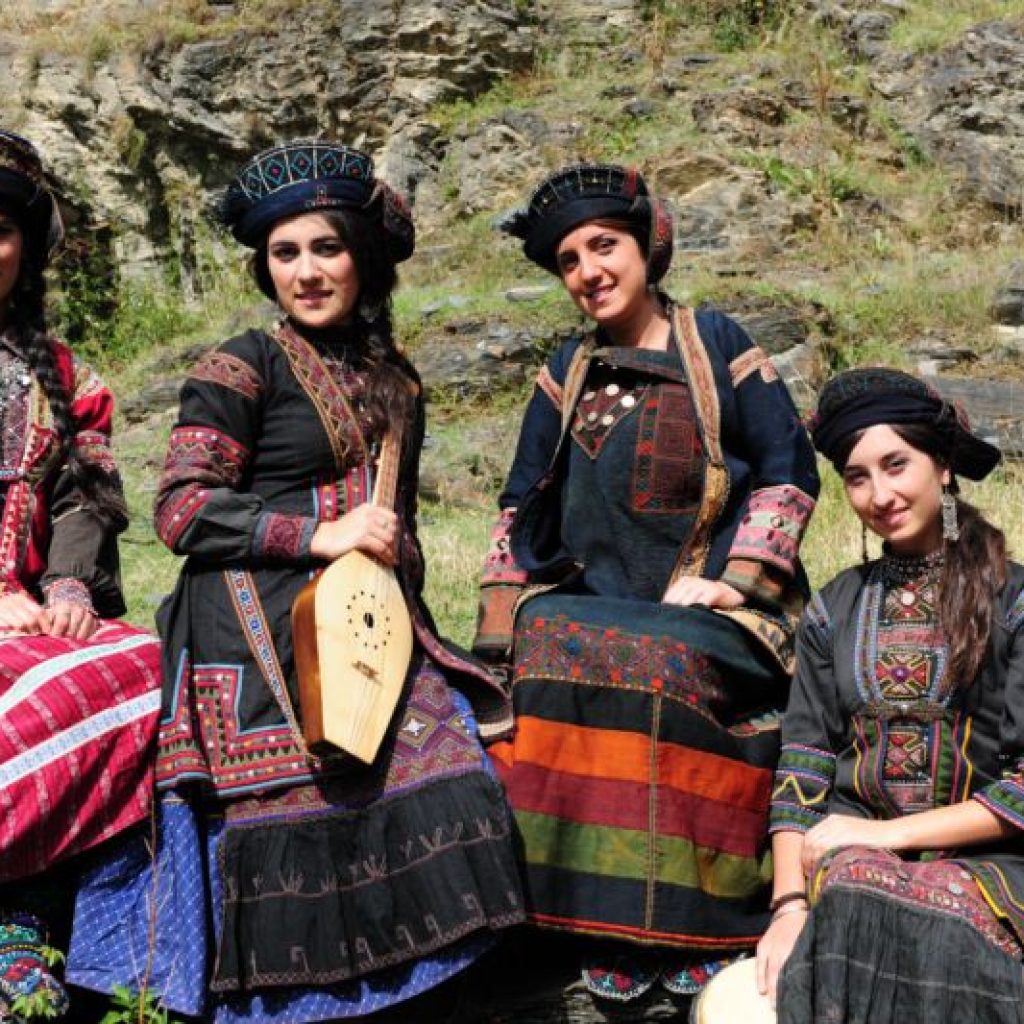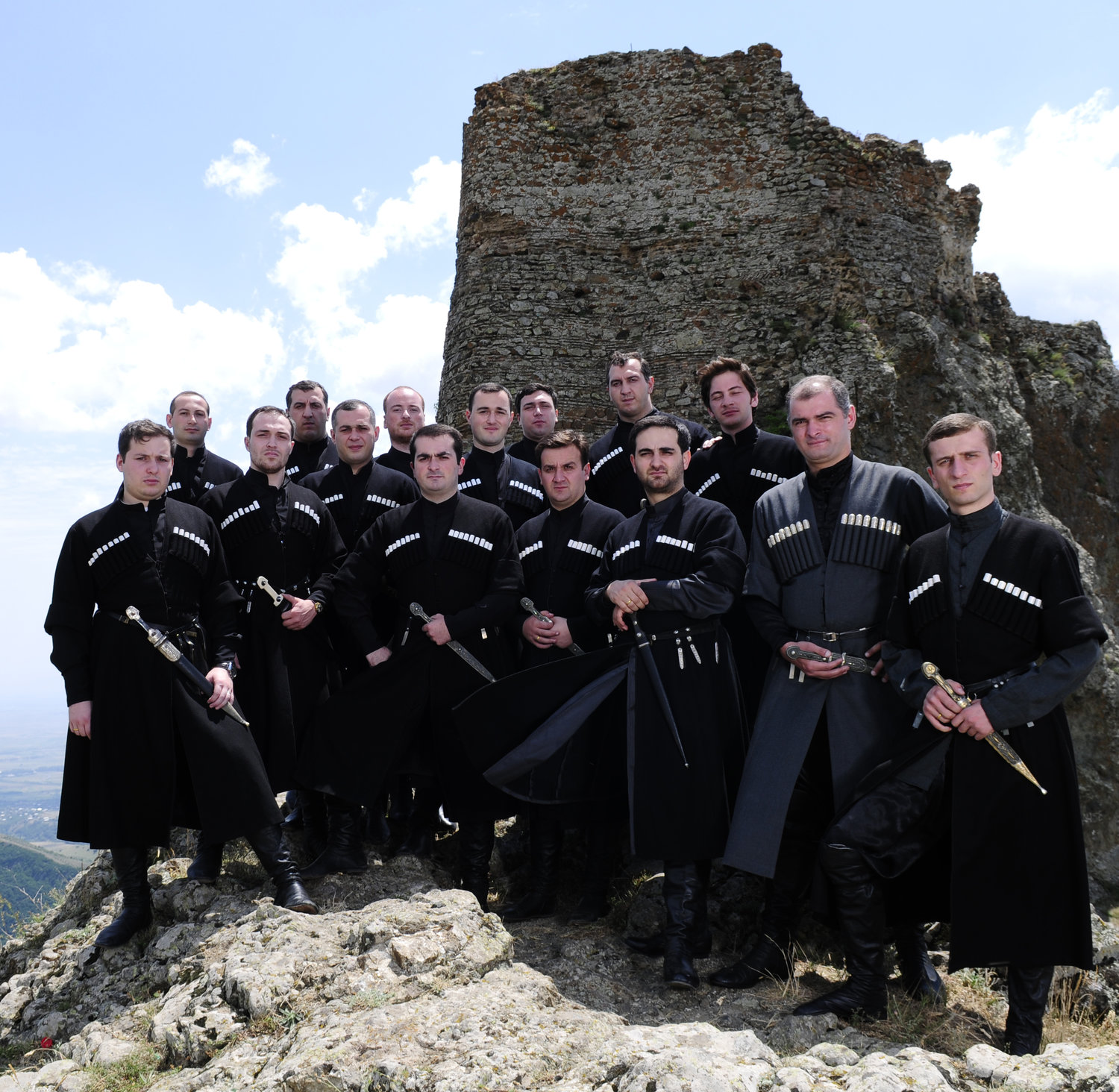Introduction
Georgian folk singing, with its hauntingly beautiful harmonies and powerful vocal expressions, is a living testament to the country’s rich cultural heritage and deep-rooted traditions. Characterized by distinctive polyphonic singing, where multiple vocal parts intertwine to create a mesmerizing tapestry of sound, Georgian folk singing has been recognized as an intangible cultural heritage by UNESCO. These soulful melodies and lyrical expressions reflect the essence of Georgian life, its landscapes, history, and the profound connection between the people and their ancient traditions. In this blog, we explore the enchanting world of Georgian folk singing, delving into its significance, styles, and enduring influence on the nation’s cultural identity.
The Significance of Georgian Folk Singing
1. Cultural Heritage: Georgian folk singing holds deep cultural significance as a cherished tradition that has been passed down through generations. It is an integral part of Georgian identity, cherished for its timeless beauty and its role in shaping the nation’s collective memory.
2. Communal Expression: Folk singing often involves group performances, with singers coming together to create a seamless and harmonious vocal experience. The act of singing together fosters a sense of community and togetherness among the participants.
3. Connection with Nature: Many Georgian folk songs draw inspiration from the country’s stunning landscapes, celebrating the beauty of mountains, rivers, and forests. They serve as a poetic connection to the natural world that surrounds the people.
Styles and Characteristics
1. Polyphonic Singing: One of the most distinctive features of Georgian folk singing is its polyphonic nature, where multiple vocal lines merge to create rich and intricate harmonies. This ancient polyphonic tradition is recognized as one of the oldest and most sophisticated in the world.
2. Regional Variations: Different regions of Georgia have their own unique singing styles and vocal techniques. From the hauntingly melancholic melodies of Kartli to the powerful and robust singing of Svaneti, each region contributes to the diverse tapestry of Georgian folk music.
3. Call and Response: Some folk songs incorporate a call and response structure, where one singer or group initiates a phrase, and others respond with a different melody, creating a dynamic and interactive performance.
Preservation and Modern Influence
1. State Support: The Georgian government, recognizing the value of folk singing, has provided support for the preservation and promotion of this cultural heritage. State-funded ensembles and choirs play a crucial role in keeping the tradition alive.
2. International Recognition: Georgian folk singing has gained international acclaim, with performances by renowned ensembles captivating audiences around the world. Its inclusion on UNESCO’s list of intangible cultural heritage has further bolstered its significance on the global stage.
3. Modern Adaptations: While preserving the traditional singing styles, there are also modern adaptations of Georgian folk songs that fuse elements of contemporary music, appealing to younger audiences and reaching broader audiences.
Conclusion
Georgian folk singing is a profound expression of the nation’s soul and a testament to the enduring power of cultural traditions. Its mesmerizing harmonies and evocative melodies evoke a sense of nostalgia and connection to the past, while also celebrating the vibrancy of Georgian life today. As a living art form, Georgian folk singing continues to enchant both locals and international audiences, transcending language barriers and uniting hearts through the universal language of music. It is a celebration of Georgia’s history, landscape, and the spirit of its people, resonating through the centuries as a timeless treasure of human expression.





0 Comment